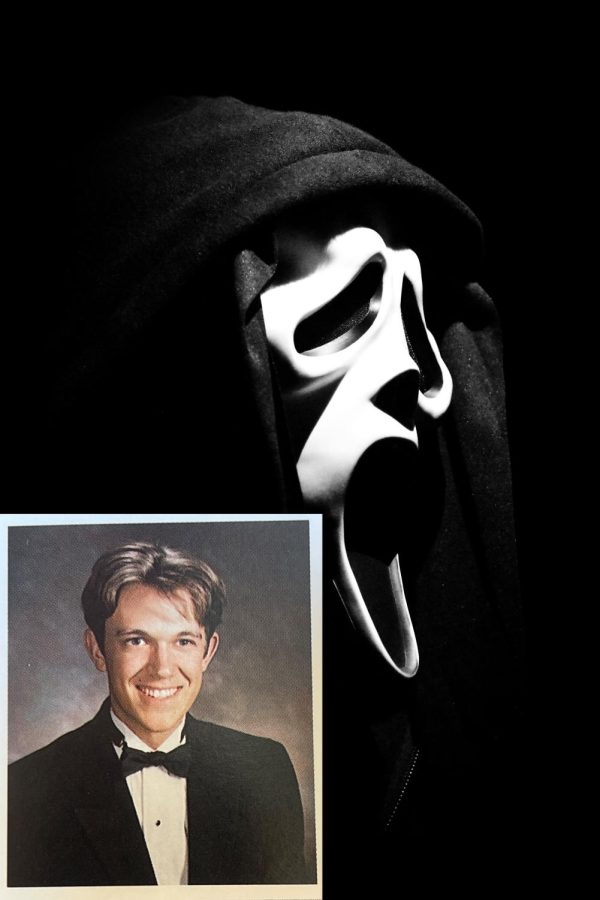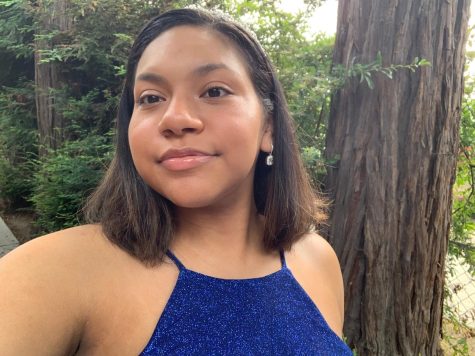The Evolution of the Horror Film
How horror film trends developed and transformed over recent decades
January 1, 2023
From the green giant of Frankenstein to the charming Ghostface to the alien in Nope, horror films hold an important and long-lasting place in American culture. Starting in the mid-1890s, horror films gave birth to numerous film trends and archetypes, while often reflecting society at different points in history. In 1898, soon after the first filmmakers arose, french director and actor George Méliès created Le Manoir du Diable, known in English as The House of the Devil or The Haunted Castle. Widely regarded as the first horror film, the three-minute film showcases ghosts, moving skeletons, transforming bats, and a manifestation of the Devil. As cinema grew throughout the years between 1900 and 1920, filmmakers turned to the supernatural and literary classics, birthing the first adaptation of Frankenstein, along with Dr. Jekyll and Mr. Hyde and The Werewolf. The genre began to pick up and enter what’s widely thought to be the golden age of horror.
Between the 1920s and 30s, many classics were produced, half being the silent classics and the others being talkies–a film with speech and sound. The 1922 silent film Nosferatu, an archaic Romanian word meaning “vampire,” uses elements of Gothic style to produce a dark dream world. It cements most surviving vampire cliches still seen in modern vampire media, such as burning in the sun. As the silent film dwindled in popularity, the monster movie subgenre spread with the second Frankenstein (1931) and The Mummy (1932). The 50s and 60s gave way to very low-budget productions, however, some masterpieces still emerged. For instance, George A. Romero jump-started zombie movies with Night of the Living Dead in 1968, which grossed $30 million.
Occult and religious evil became cultural obsessions in the 70s and 80s, with the sources being two major horror turning points: The Exorcist (1973) and The Omen (1976). Both films feature children who act as vessels for demonic spirits and an overall theme of the perversion of the sacred and the innocent. During this period, filmmakers returned to using literature as source material, however, they strayed from classic work and turned to modern pieces by author Stephen King. Horror classics Carrie (1976) and The Shining (1980), both adaptations of King’s work, began to lay the groundwork for the first horror movie slashers, a subgenre officially kicked off by 1974’s The Texas Chain Saw Massacre. The 80s was the decade of the slashers–movies with a persistent antagonist who hunts down a group of kids one by one. Cult classics like Halloween, Friday the 13th, and A Nightmare on Elm Street all became so successful as slashers that they spawned long-running franchises, which was uncommon within the horror genre.
Moving into the 90s, Wes Craven’s slasher parody Scream (1996) experienced massive success. In fact, Bishop O’Dowd alum Matt Bettinelli-Olpin directed 2022’s Scream, the fifth in the franchise, and is currently working on Scream 6 as well. As the horror genre continues to expand into the present day, psychological horror, which describes films with social commentary and inclusivity, have climbed the ladder in popularity. This new generation of horror includes films such as Get Out (2017), Midsommar (2019), The Invisible Man (2020), and Pearl (2022). When asked about the future of the horror genre, avid true crime and horror film lover Ava Hawkins ’23 proclaimed, “We’re definitely going to see a shift in horror. I think psychological horror is going to boom in popularity, with psychological thrillers like Jordan Peele’s Us as proof.” Only time can tell how the horror genre will truly evolve, so sit back, grab some popcorn, and watch history unfold.


